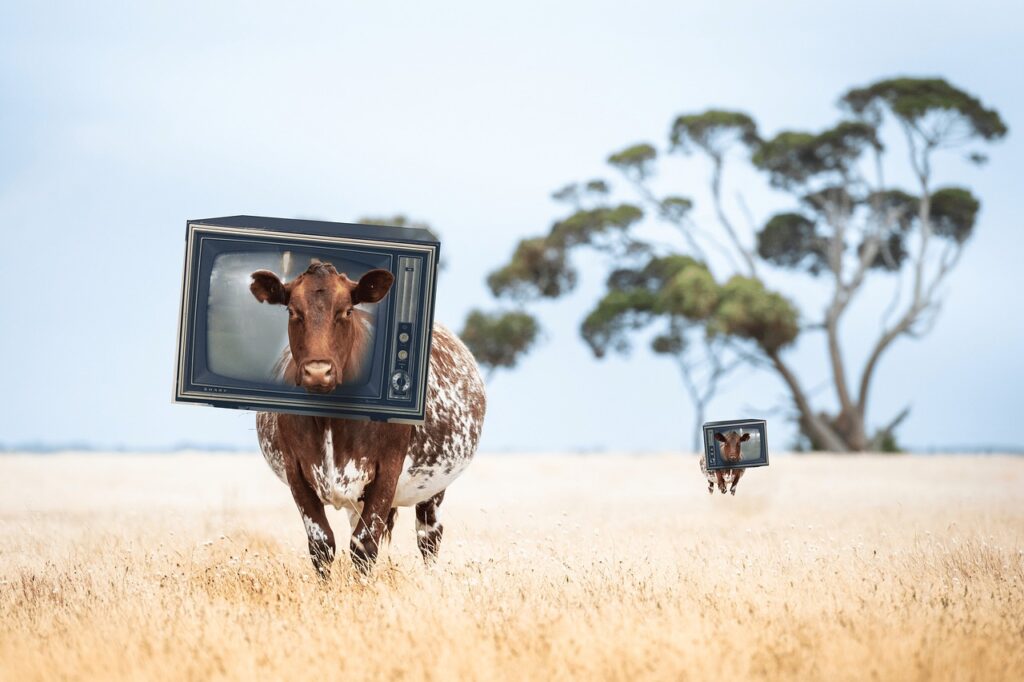Exploring the contrasting realms of live-action and animation, we’ll examine the unique challenges, costs, and appeal of each. From anime to VFX, let’s delve into the intricacies of these cinematic art forms.
Table of Contents
ToggleWhat is the difference between live-action and animation?
The difference between live-action and animation lies in their visual presentation and production techniques. Live-action involves recording real people, objects, and settings in real-time, while animation utilizes various techniques to create fictional or stylized worlds and characters.
- Live-Action: Live-action productions involve recording real people, objects, and settings, capturing footage in real-time, resulting in a realistic visual presentation.
- Animation: Animation utilizes various techniques, such as drawings, CGI, or stop-motion, to create fictional or stylized worlds and characters, allowing for imaginative and creative storytelling.
Live-action and animation differ in their visual presentation and production techniques. Live-action captures real-life footage, while animation offers a wide range of creative possibilities through various techniques. Understanding the distinction between these two forms of visual storytelling enhances our appreciation for the diverse ways stories can be brought to life.
Is it cheaper to make anime or live-action?
Live-action is generally more expensive than animation. This is because live-action productions require more resources, such as actors, crew members, sets and locations, costumes and props, and special effects. Animation can range from simple 2D cartoons to complex 3D computer-generated imagery (CGI).
- Live-Action Productions: Live-action productions tend to be more expensive due to the need for resources like actors, crew members, sets and locations, costumes and props, and special effects.
- Animation Costs: Animation costs can vary depending on the complexity and style of the project, ranging from simple 2D cartoons to complex 3D computer-generated imagery (CGI).
- Factors Influencing Cost: The cost comparison between making anime (animation) and live-action productions depends on various factors, including the scope of the project, visual effects requirements, and the level of detail.
Live-action productions are generally more expensive than animation due to the need for resources like actors, crew members, sets and locations, costumes and props, and special effects. Animation costs can vary depending on the complexity and style of the project. The cost comparison between making anime (animation) and live-action productions depends on various factors, including the scope of the project and the level of detail required.
Why is VFX so expensive?
VFX (Visual Effects) is known to be expensive due to the use of powerful computers and software, which can be costly to purchase and maintain. Additionally, creating VFX involves a lot of highly skilled artists, and their salaries contribute to the overall cost. The field of VFX requires a unique combination of artistic talent and technical expertise.

- Powerful Computers and Software: VFX requires the use of powerful computers and specialized software, which can be expensive to purchase and maintain.
- Skilled Artists: Creating VFX involves the work of highly skilled artists, and their salaries contribute to the overall cost.
- Artistic Talent and Technical Expertise: The field of VFX requires a unique combination of artistic talent and technical expertise to create visually stunning effects.
VFX is considered expensive due to the need for powerful computers and software, the involvement of highly skilled artists, and the unique combination of artistic talent and technical expertise required. These factors contribute to the overall cost of producing high-quality visual effects in the field of VFX.
Is anime becoming less popular?
While anime is becoming more and more mainstream and gaining new fans, one of the most common statements seen by veteran Western fans online is that anime is progressively ‘getting worse.’ The idea that anime has been steadily declining in quality is subjective and varies among individual viewers.
- Growing Mainstream Appeal: Anime is gaining more mainstream recognition and attracting new fans from diverse backgrounds.
- Perception of Decline: Some veteran Western fans express a perception that anime is “getting worse” in terms of quality, but this viewpoint is subjective and varies among individual viewers.
- Subjective Nature of Popularity: The popularity of anime is subjective and can vary among different regions, demographics, and personal preferences.
Anime’s popularity is on the rise, with the medium gaining more mainstream recognition and attracting new fans. While there are discussions among veteran Western fans about a perceived decline in quality, it is essential to recognize that these opinions are subjective and vary among individual viewers. The perception of anime’s popularity and quality can differ based on personal preferences and cultural contexts.
Why is anime so hard to adapt to live-action?
Anime is challenging to adapt to live-action due to several factors. Anime tends to be created and aimed at more mature audiences, focusing on adult themes, while other animated shows are often created for children. These differences, among others, contribute to the complexities of adapting anime to live-action.
- Target Audience and Themes: Anime is often created for more mature audiences, exploring adult themes and complex storytelling, whereas other animated shows are typically tailored for children.
- Unique Storytelling and Visual Style: Anime has a distinct storytelling approach and visual style that sets it apart from other forms of animation, making it challenging to replicate in live-action.
- Cultural and Artistic Differences: Anime is deeply rooted in Japanese culture and often incorporates specific artistic elements that may not easily translate into live-action adaptations.
Adapting anime to live-action presents challenges due to the differences in target audience, thematic content, storytelling approach, and visual style. The mature themes and unique artistic elements of anime, along with its strong connection to Japanese culture, contribute to the complexities of transitioning it to live-action. Successful adaptations require careful consideration of these factors to capture the essence and appeal of the original anime.
